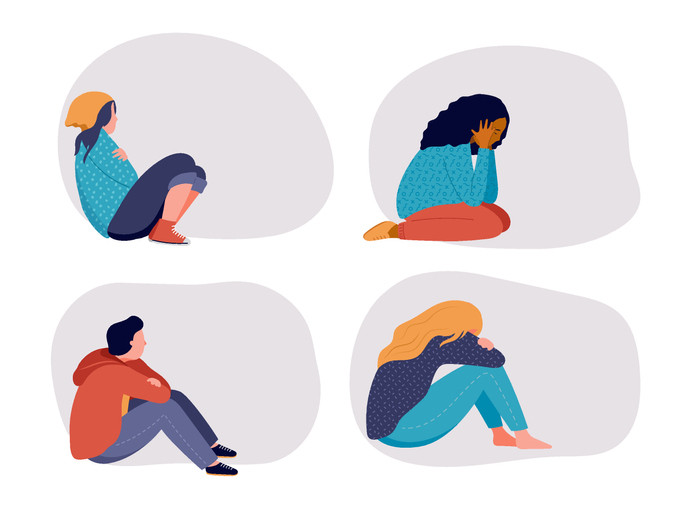
Liora Abrera Manoim (12) | Staff Reporter
Written October 2023
As university applications loom over Saint Robert’s twelfth-grade population — and, indeed, the twelfth-grade population of all of Ontario — one can’t help but ponder how necessary it is for a young adult to have a post-secondary degree if they hope to get a decent job. Many entry-level job postings require some form of post-secondary education. The Georgetown University Center of Education and the Workforce predicts that by 2027, seventy percent of all jobs will require post-secondary education, a significant rise in percentage compared to the prediction the center made regarding 2020.

And to add insult to injury, this growing necessity of post-secondary education to find a job and an increase in post-secondary school costs are occurring simultaneously. In the 2021-2022 school year, undergraduate program costs rose by 1.7% compared to the previous school year, while graduate program costs rose by 1.5%. About 1.7 million Canadians are taking out student loans to put themselves through post-secondary school; they can expect to pay anywhere between $3000 – $4000 in interest. Total Canadian student loan debt surpassed $22.3 billion in July of 2020 and only continues to grow. The average amount of student loan debt is $26,075. These statistics are only accounting for government loans, never mind external loans! For these reasons, 70% of high school graduates say that they won’t be pursuing a post-secondary education; they simply can’t afford it.
This reveals another problem: 70% of high school graduates will have to compete for the 30% of jobs that don’t require post-secondary education. Most of these jobs also only pay the minimum wage of around $16.55 per hour, while the livable wage — the minimum wage needed to make ends meet — is around $19.72 per hour.
Once upon a time, living a good life without a post-secondary education might have been feasible, but that’s not true anymore. Post-secondary education is becoming more and more of a necessity, but it’s also getting more and more expensive; all the while, the Canadian government’s current solution is putting its young people in crippling debt. Eventually, something is going to give, and it might just be us Canadian citizens.
If Canada wants its young people to have good work, and to live happy and healthy lives, it has to give them viable access to post-secondary education. That means either forcing colleges and universities to lower their tuition costs or integrating post-secondary school into the public and catholic schooling system. In other words? The government is going to have to pay up!
Sources/Extra Reading


